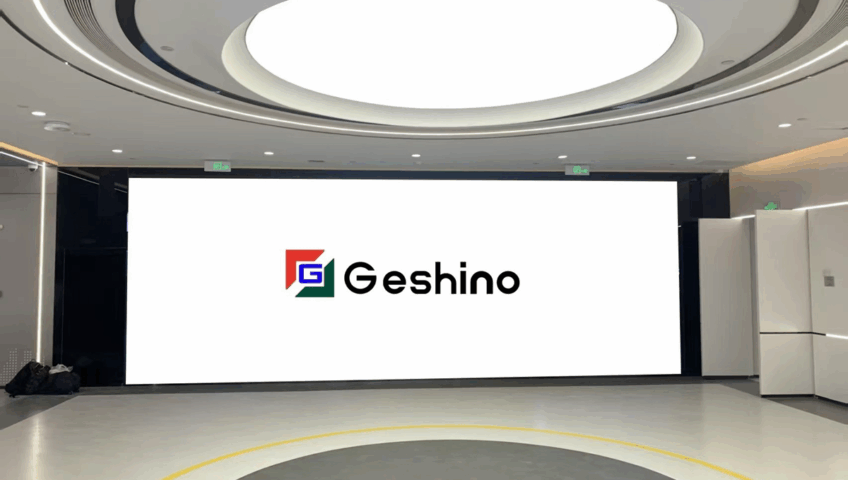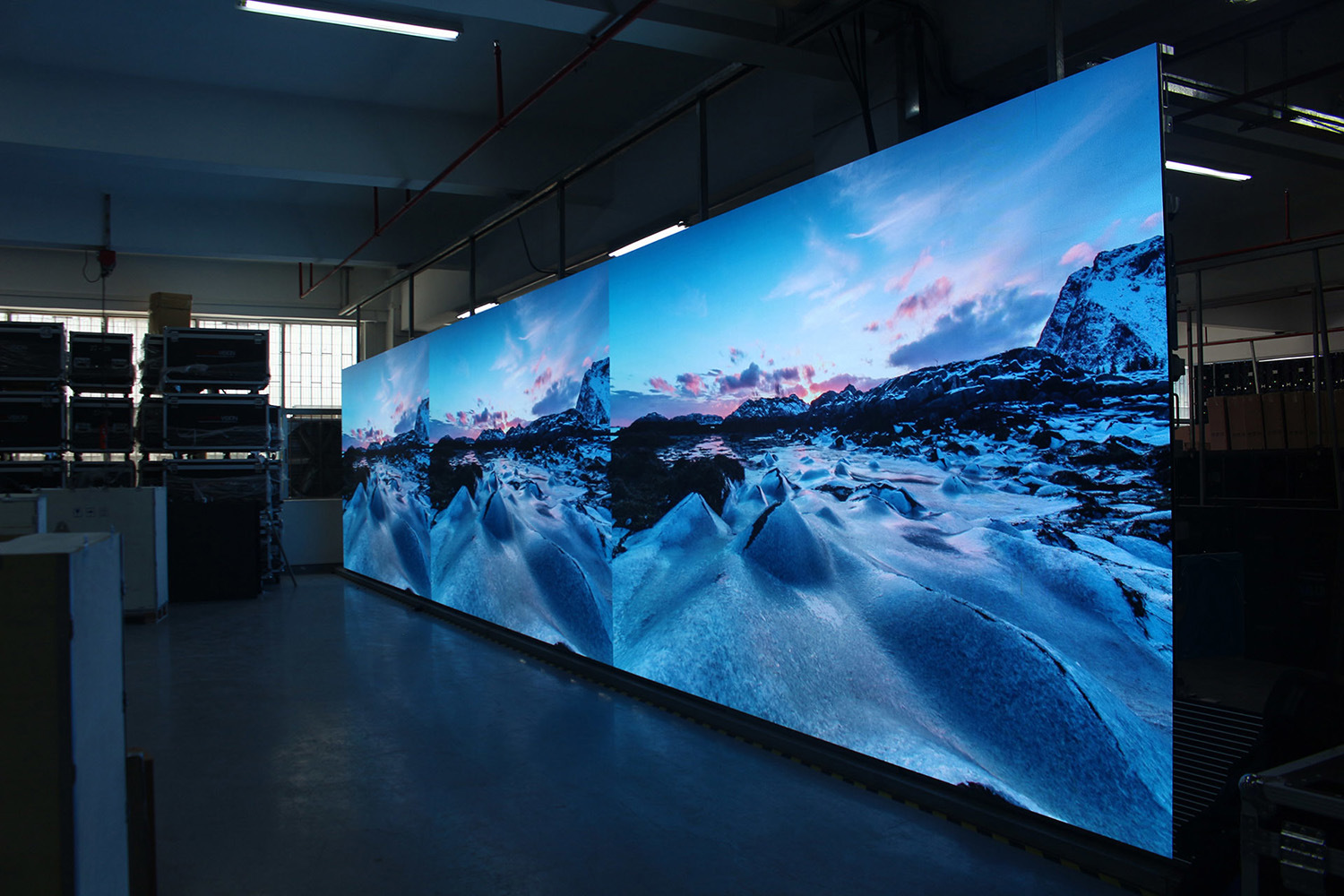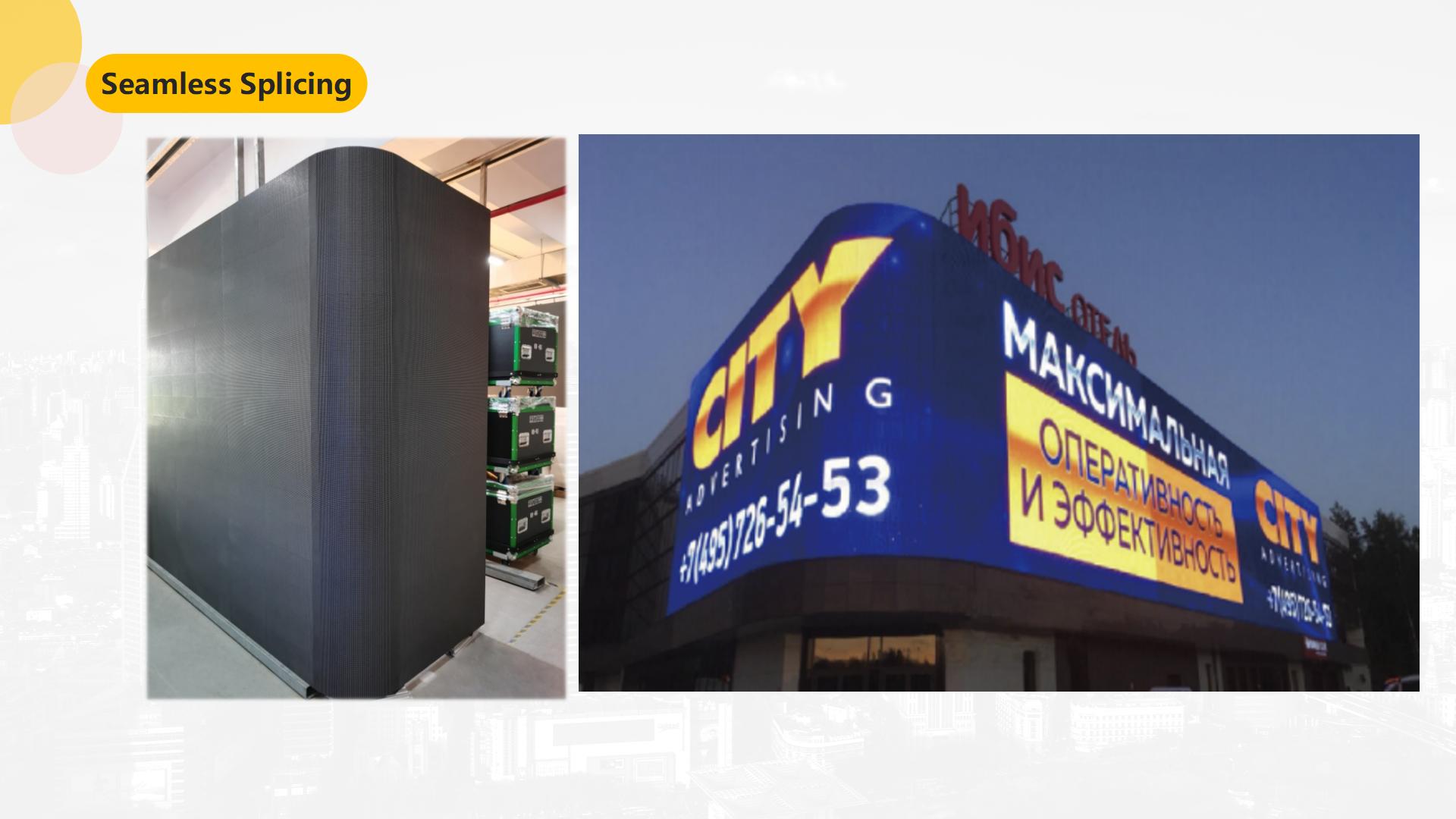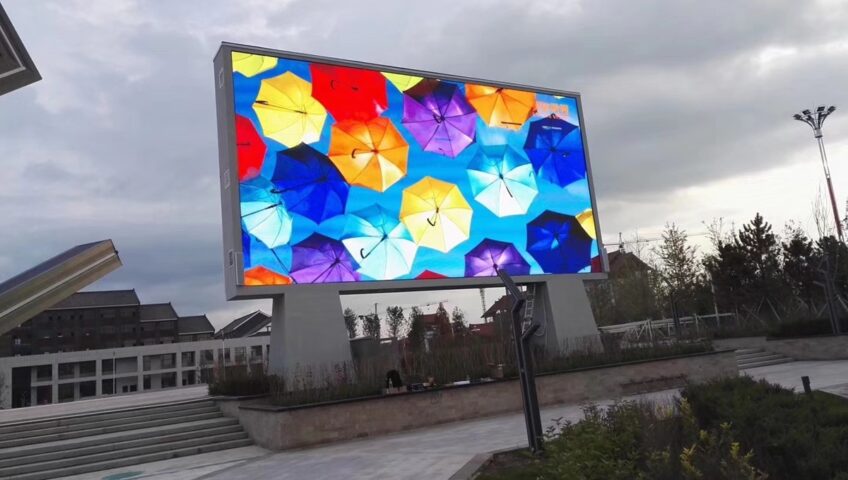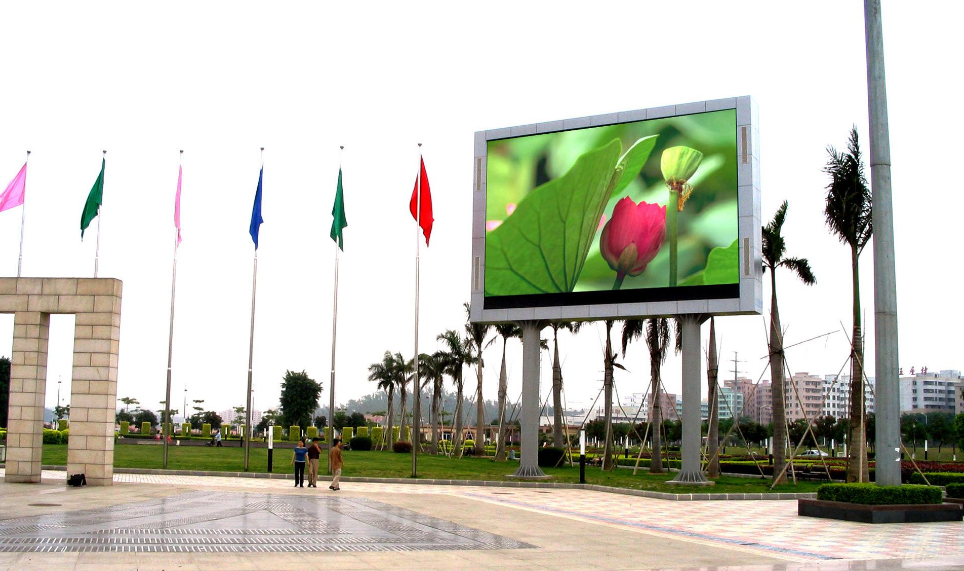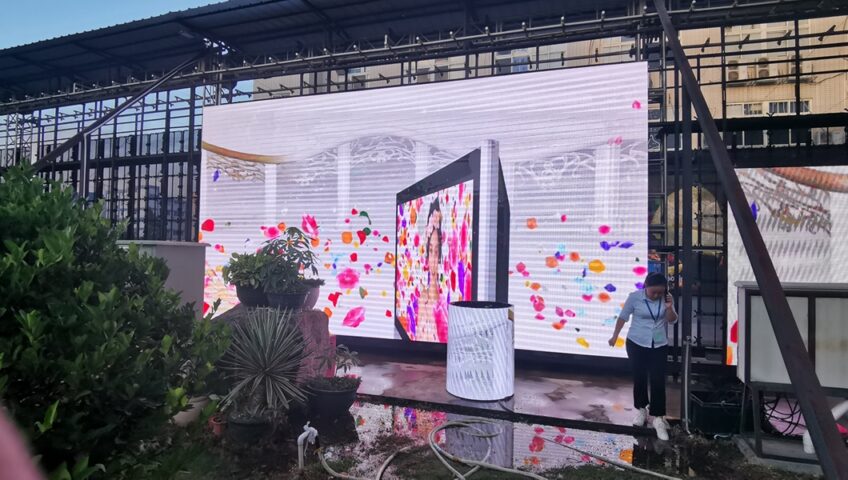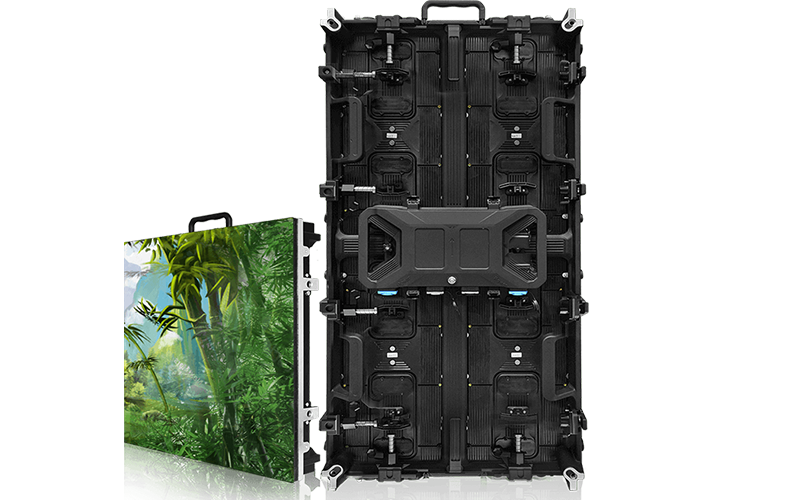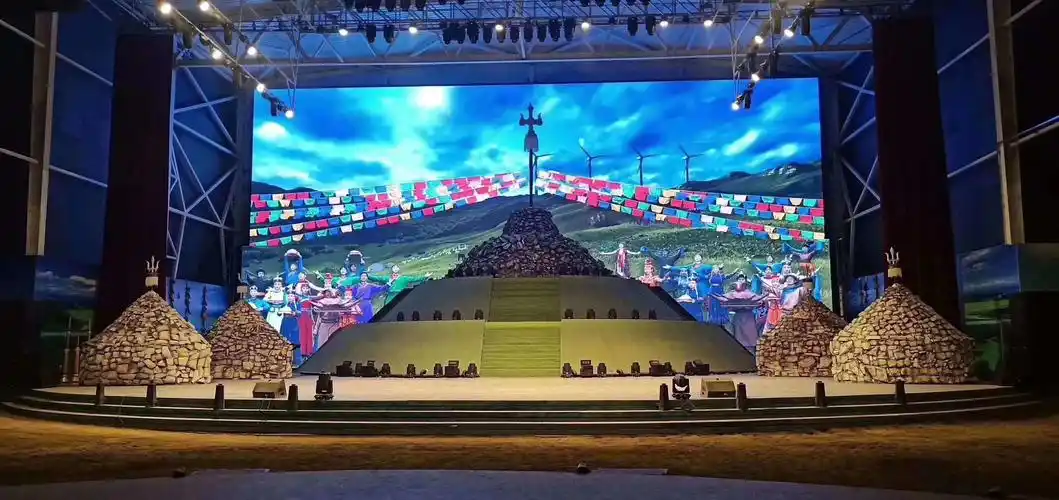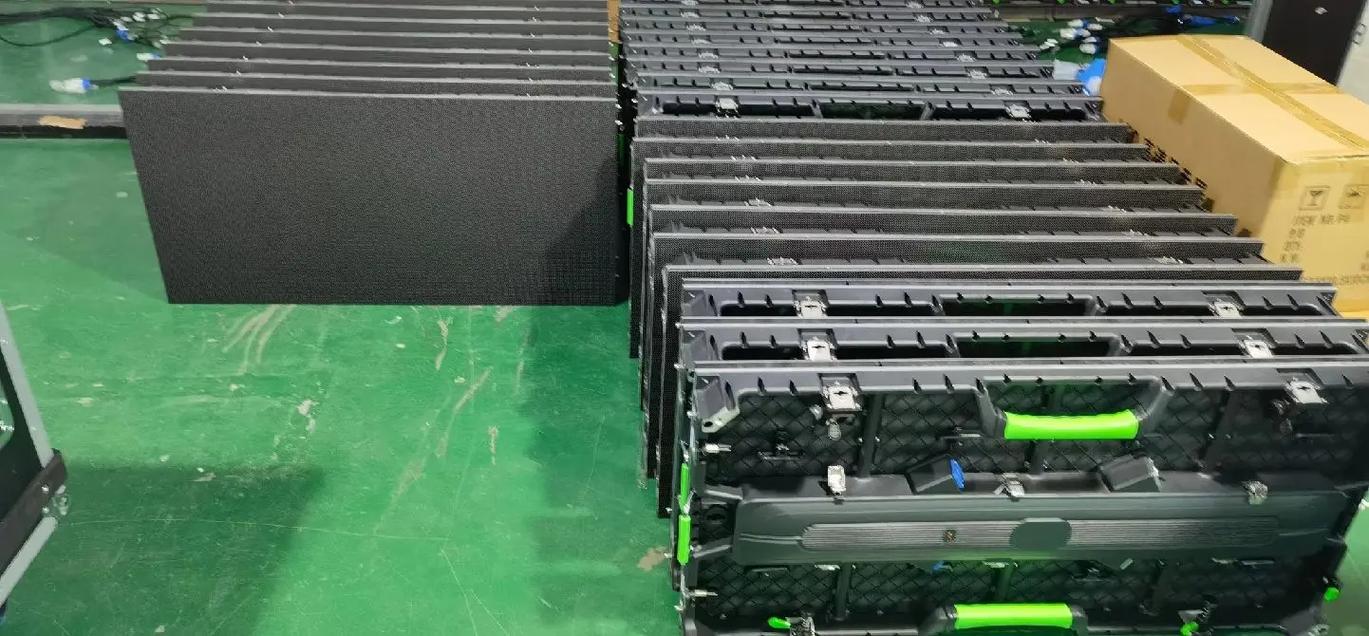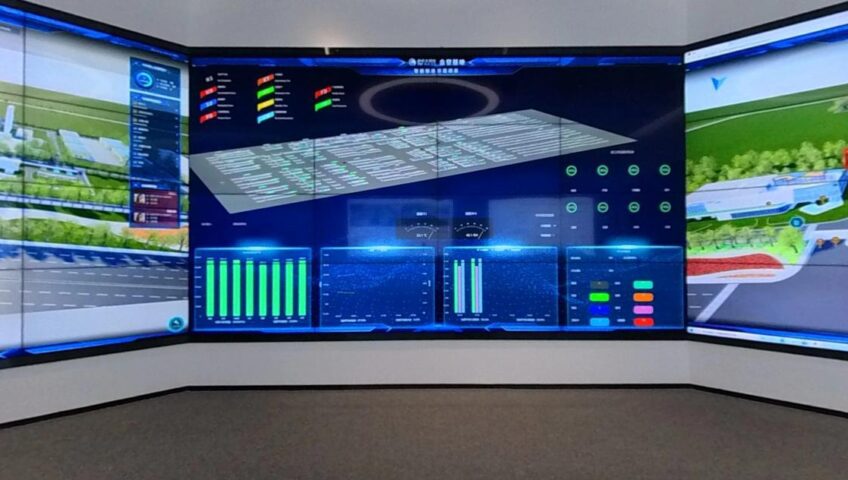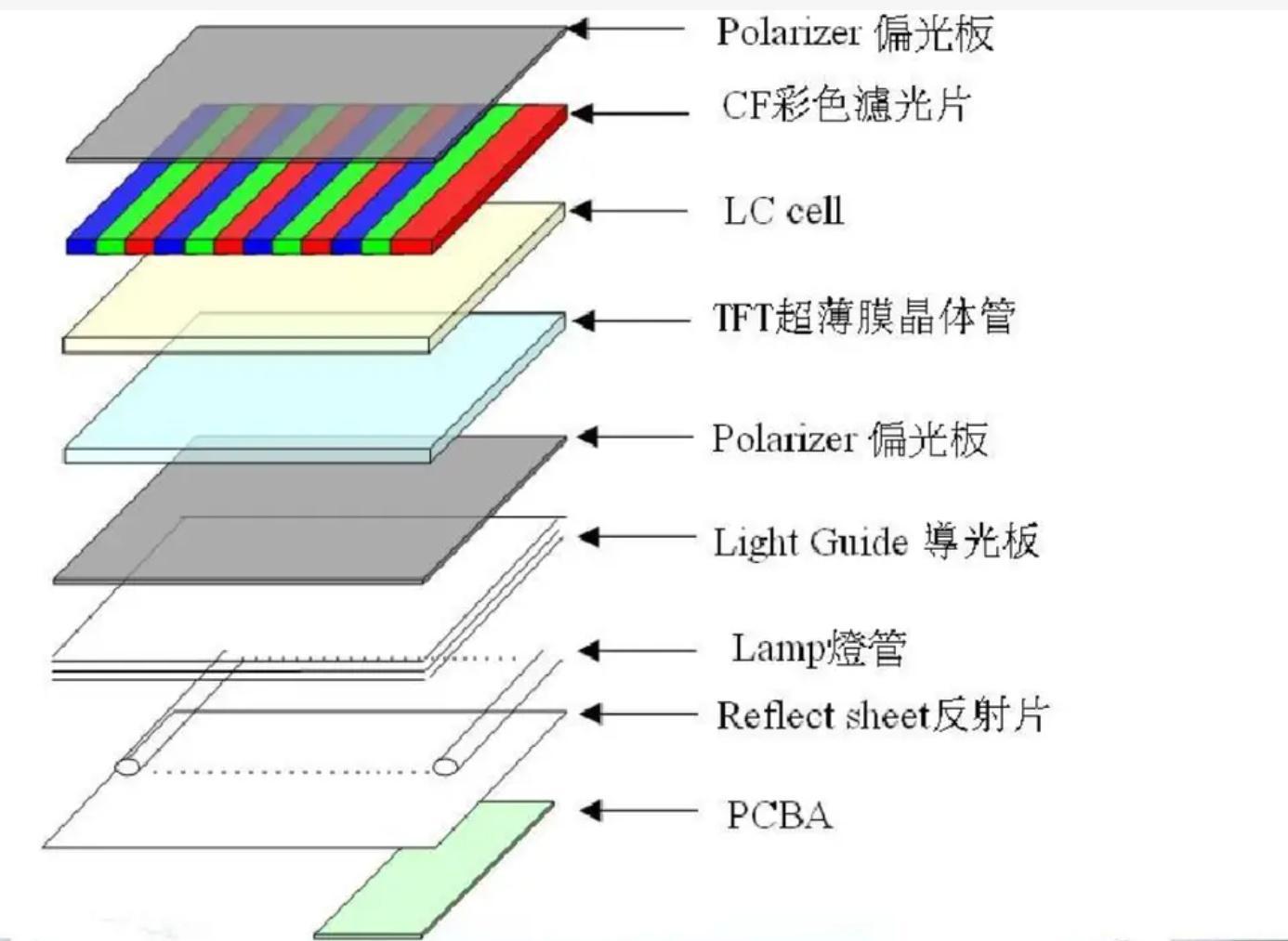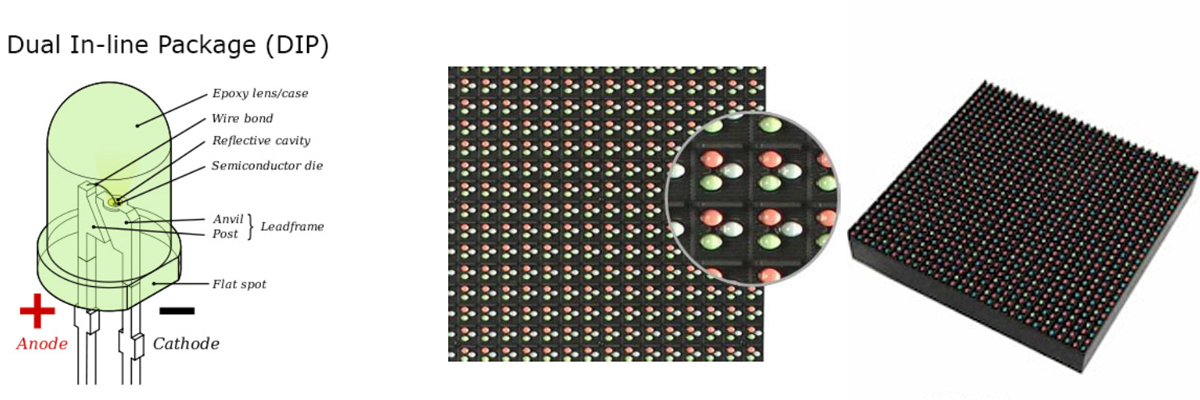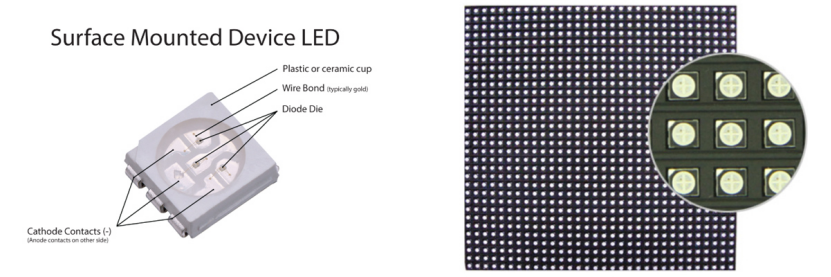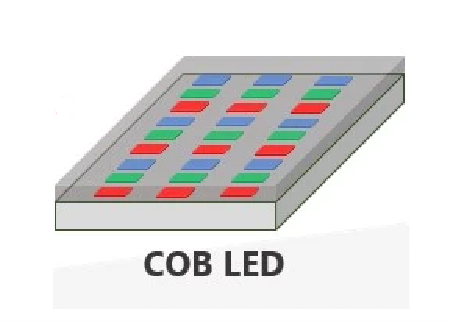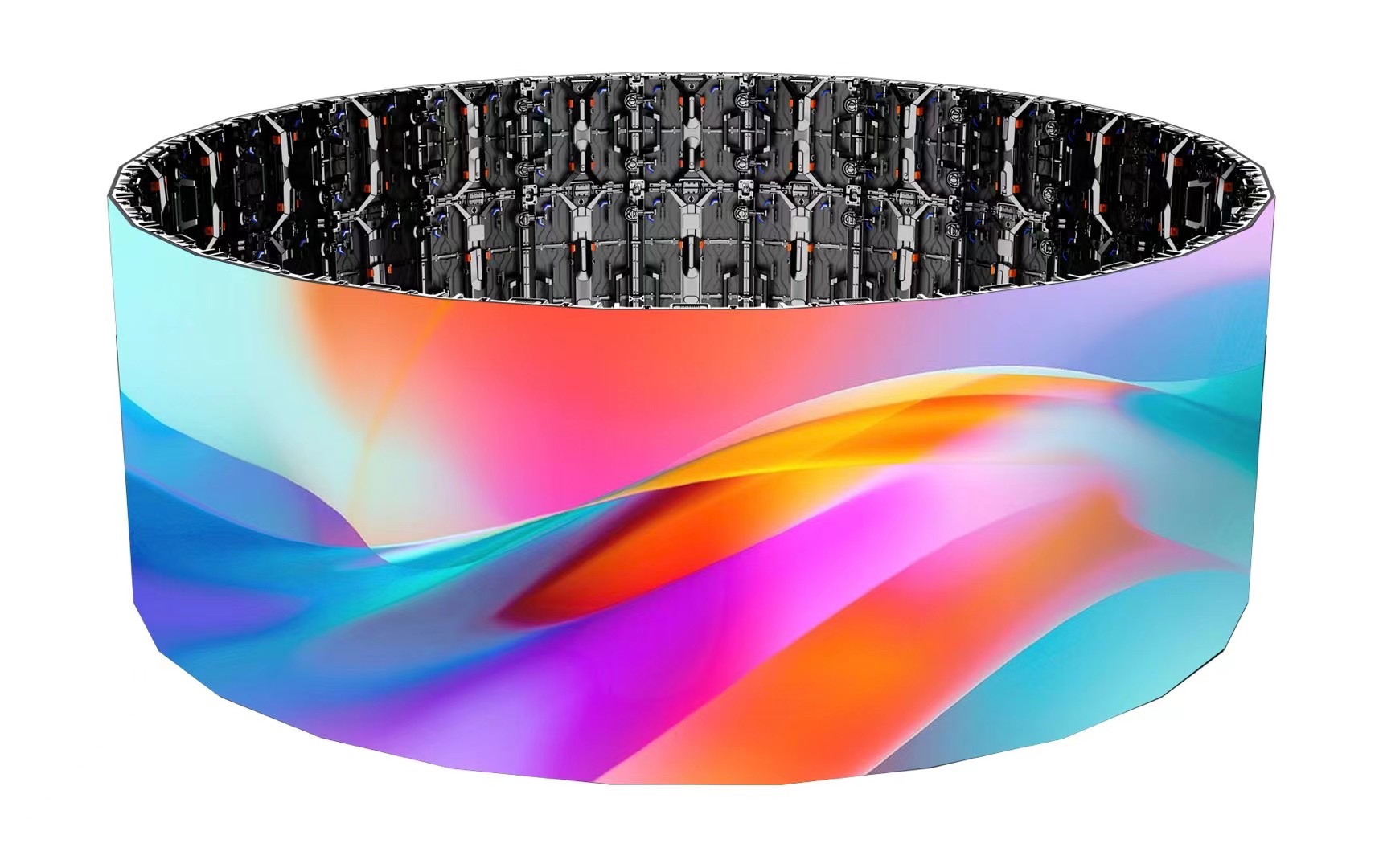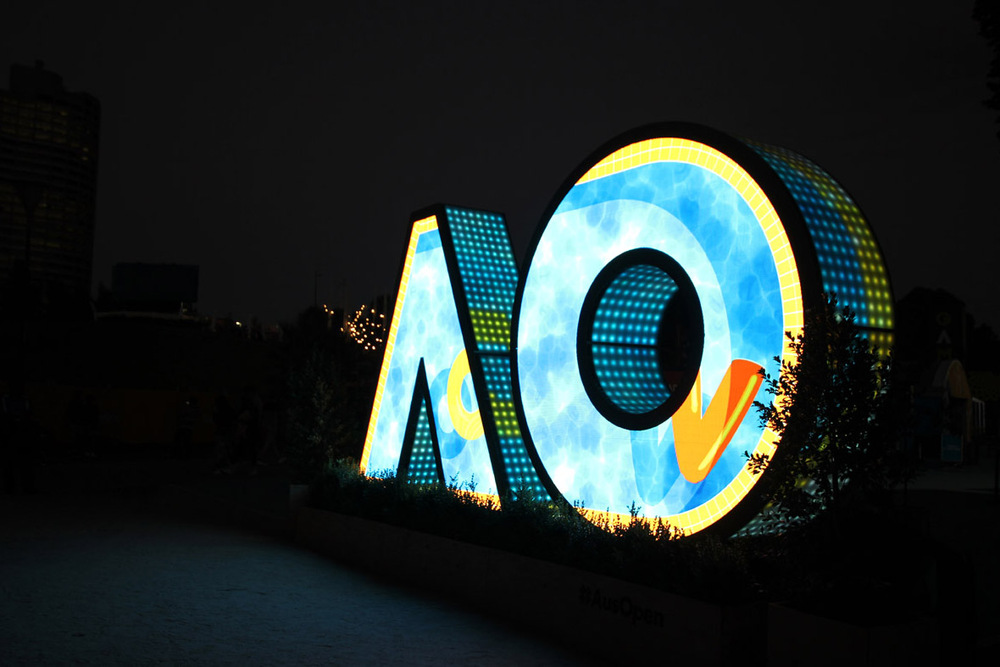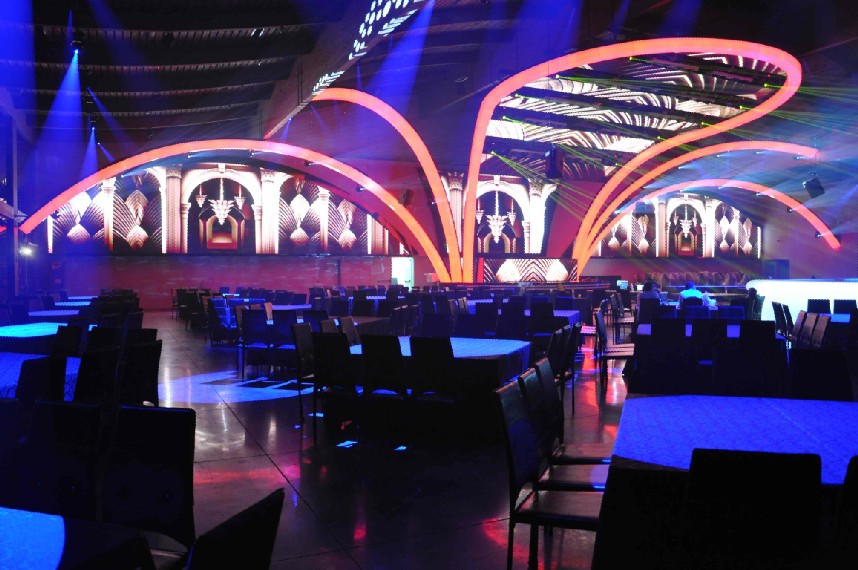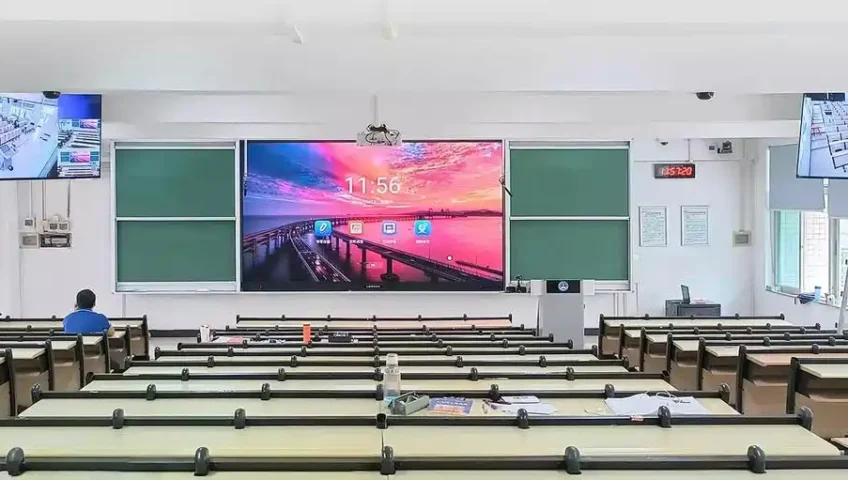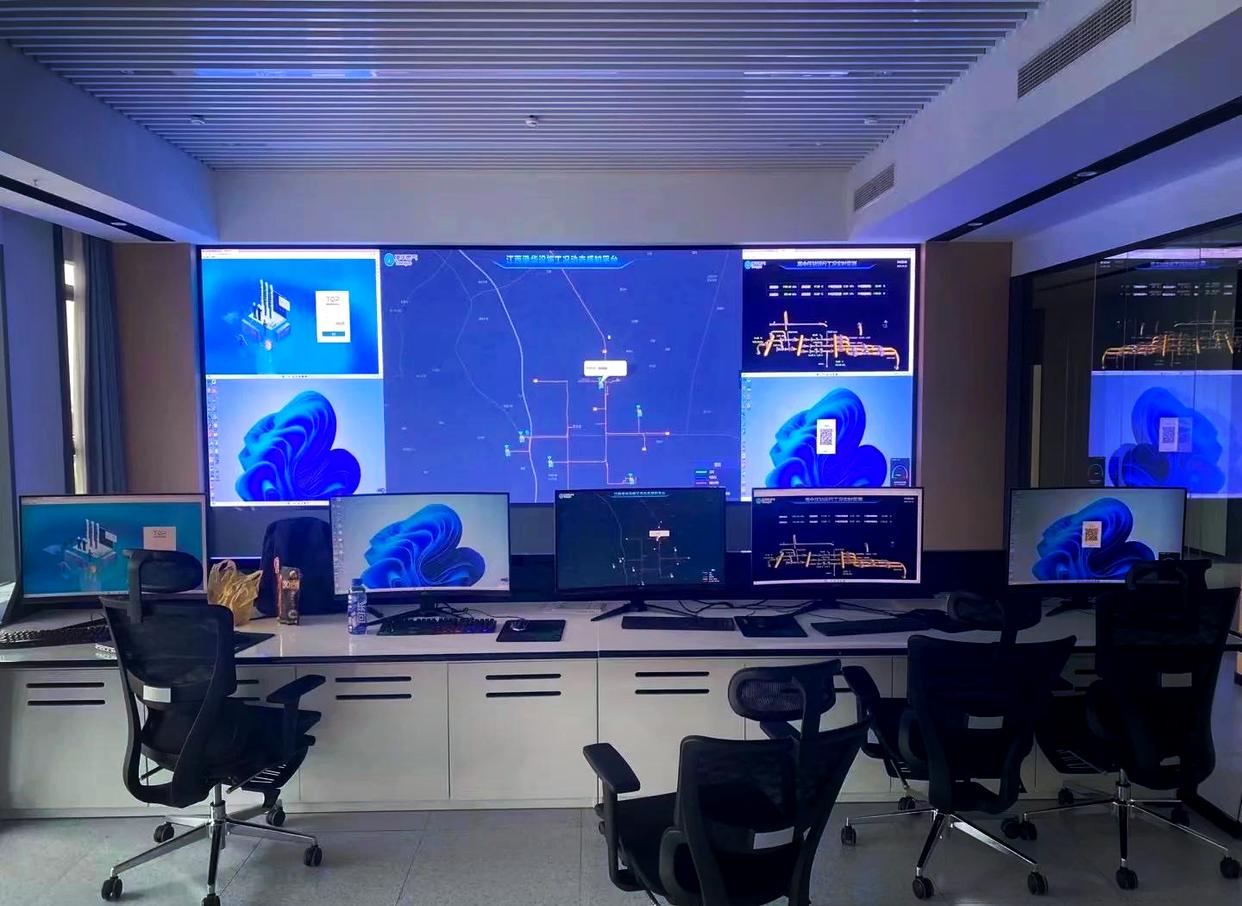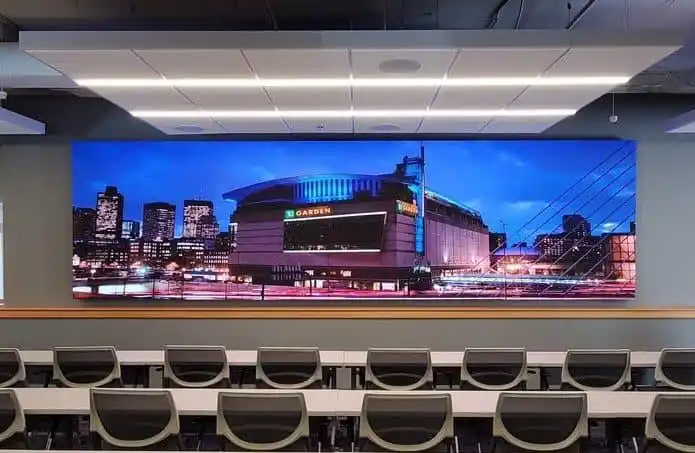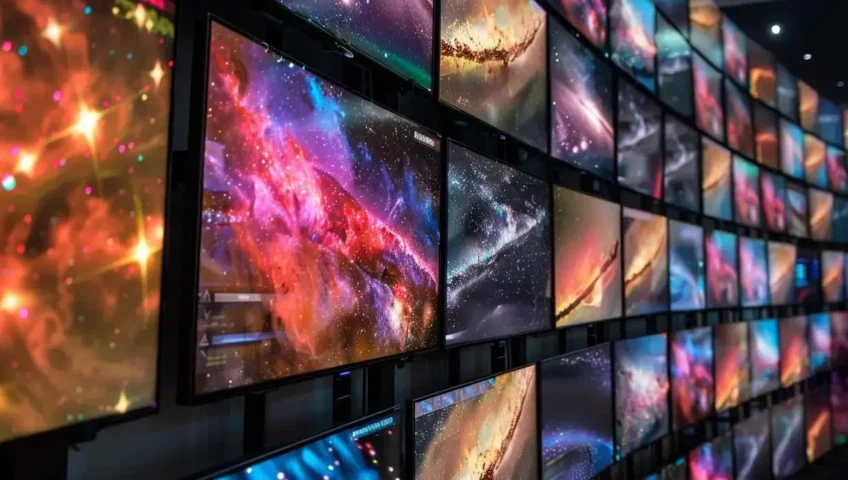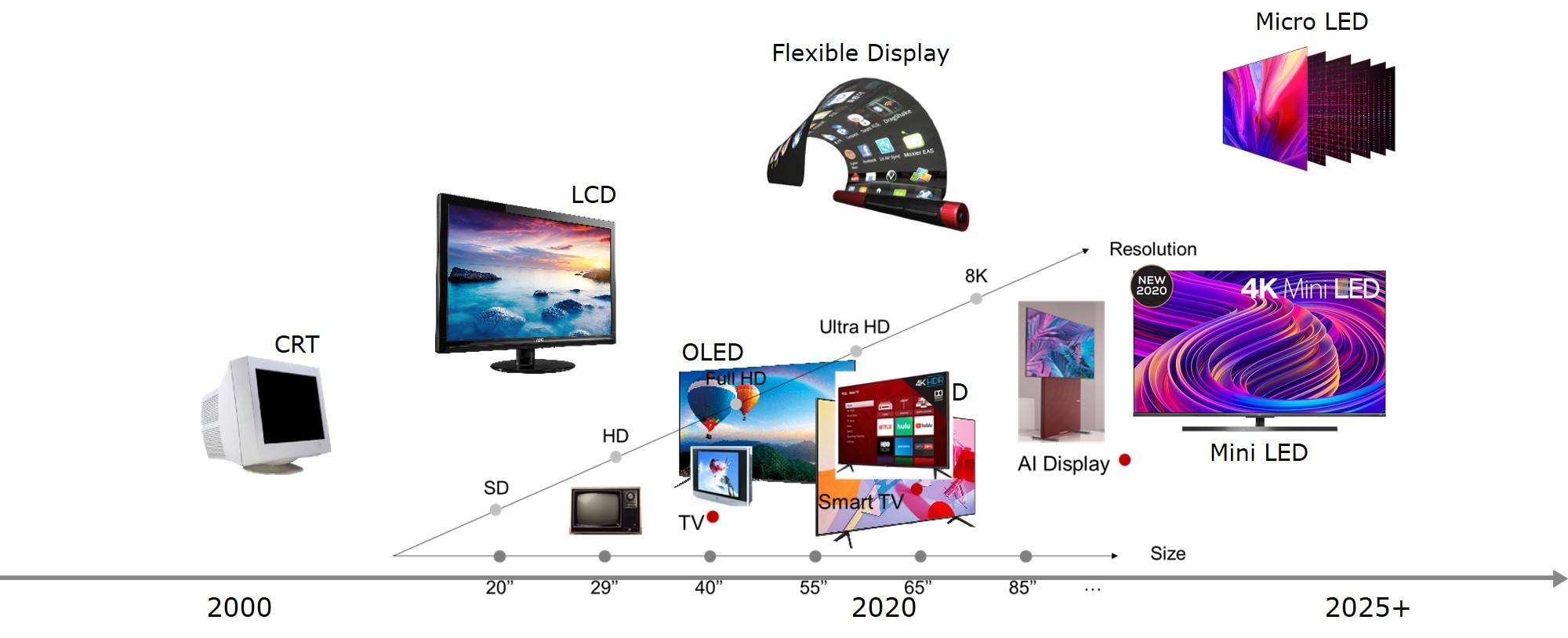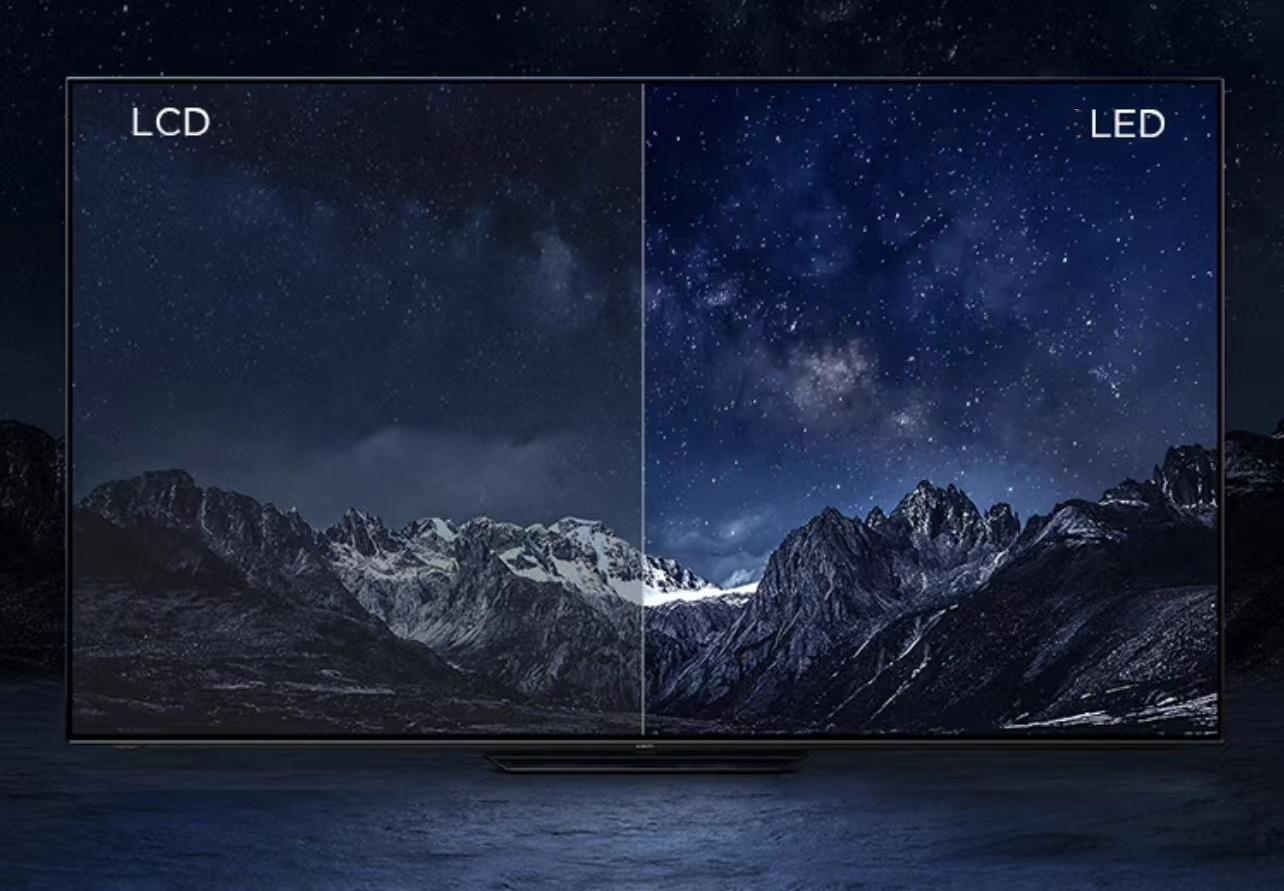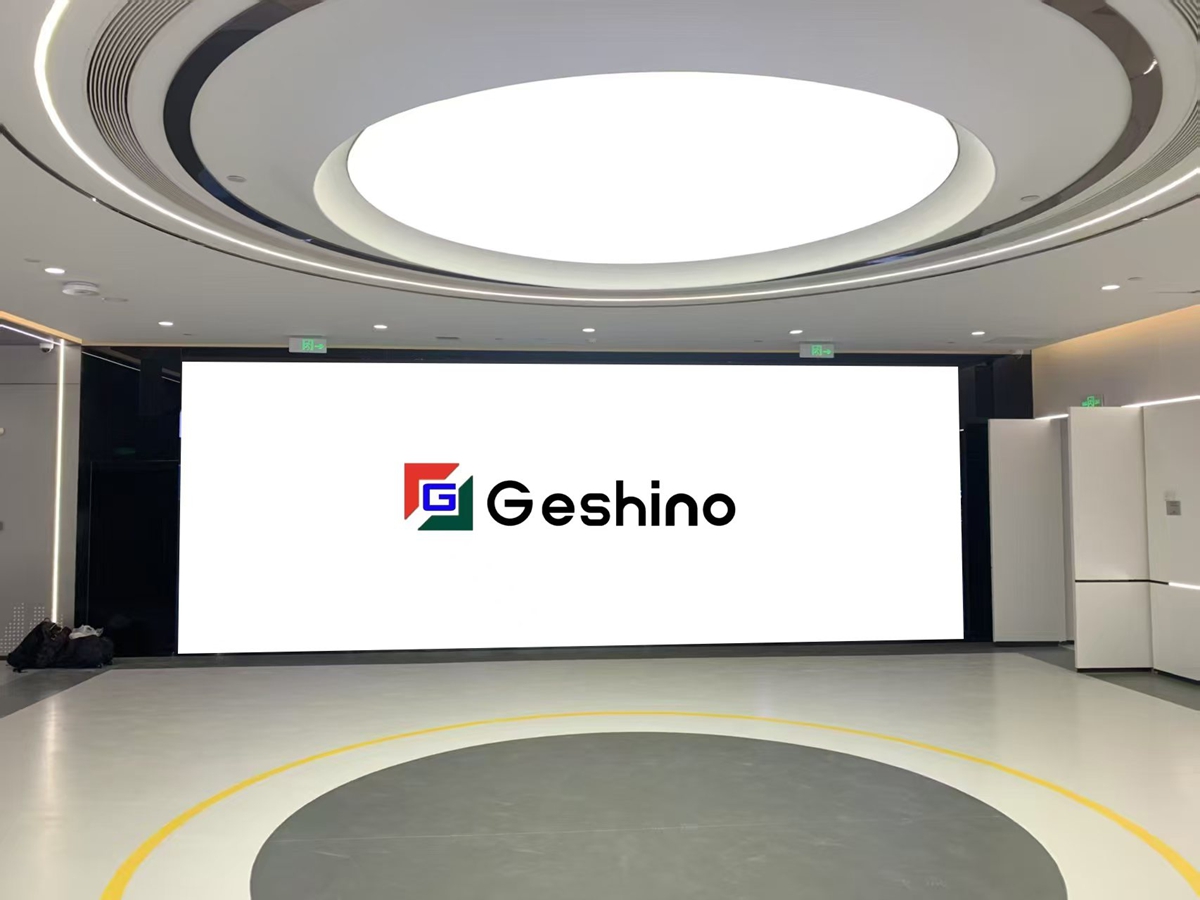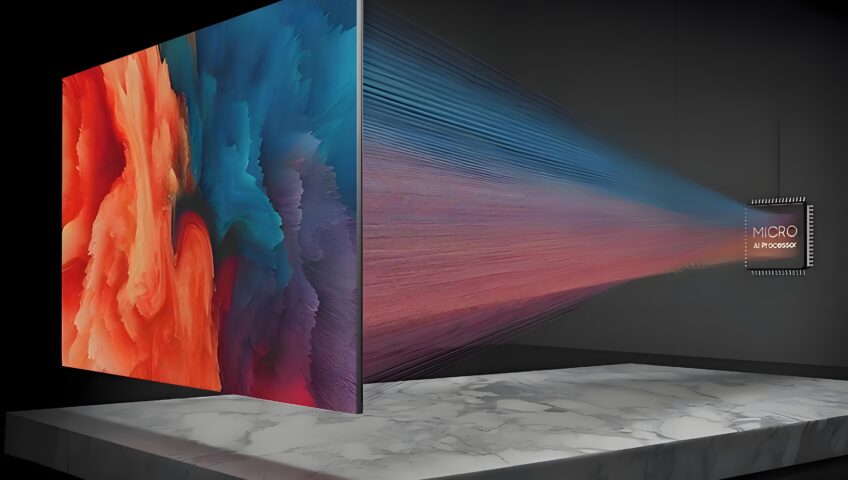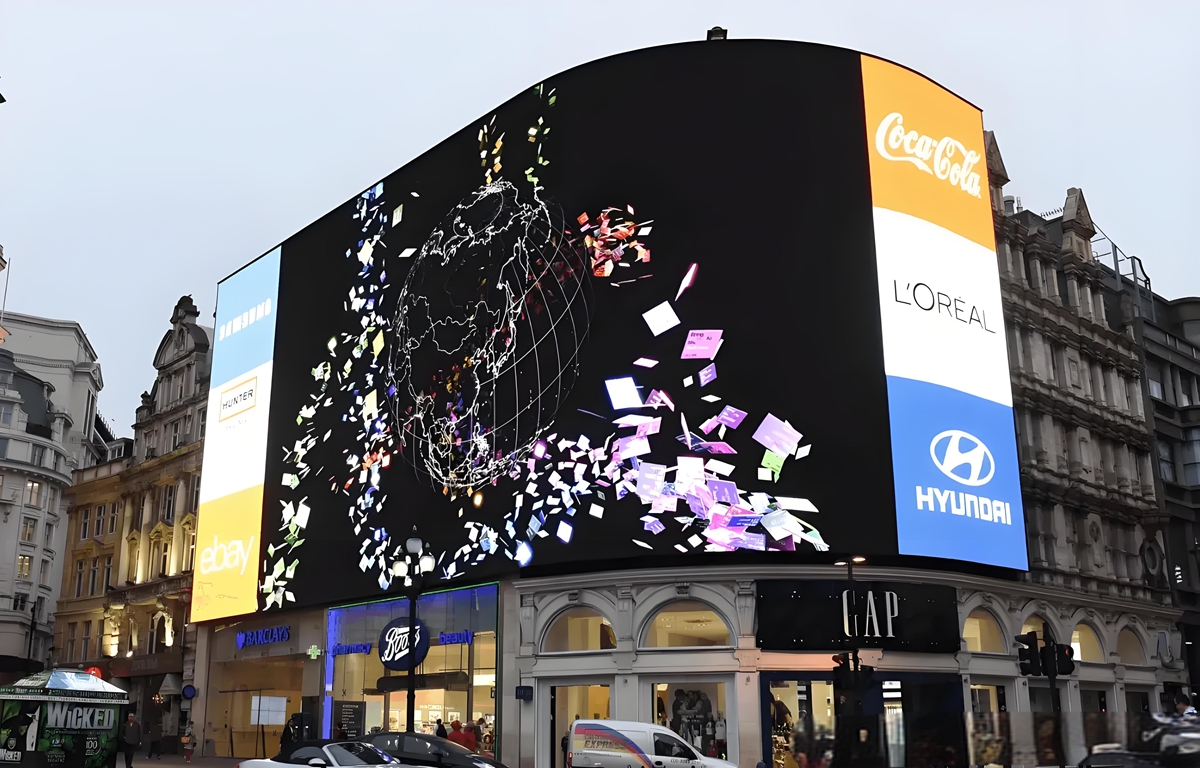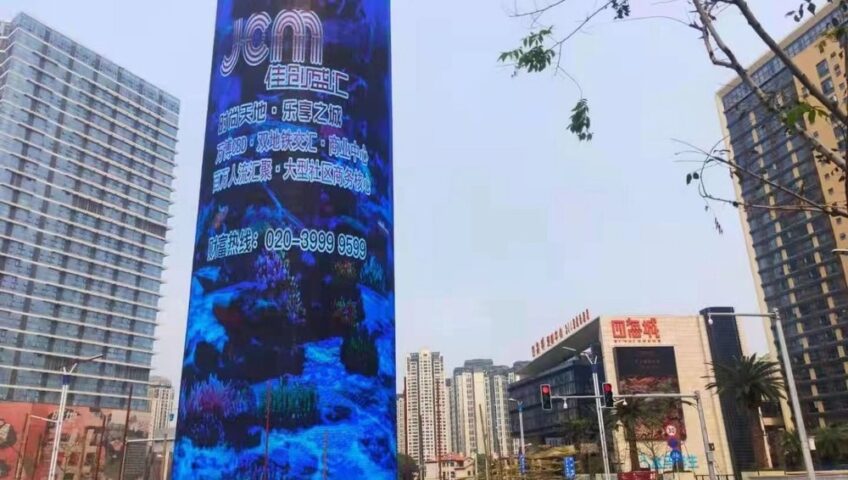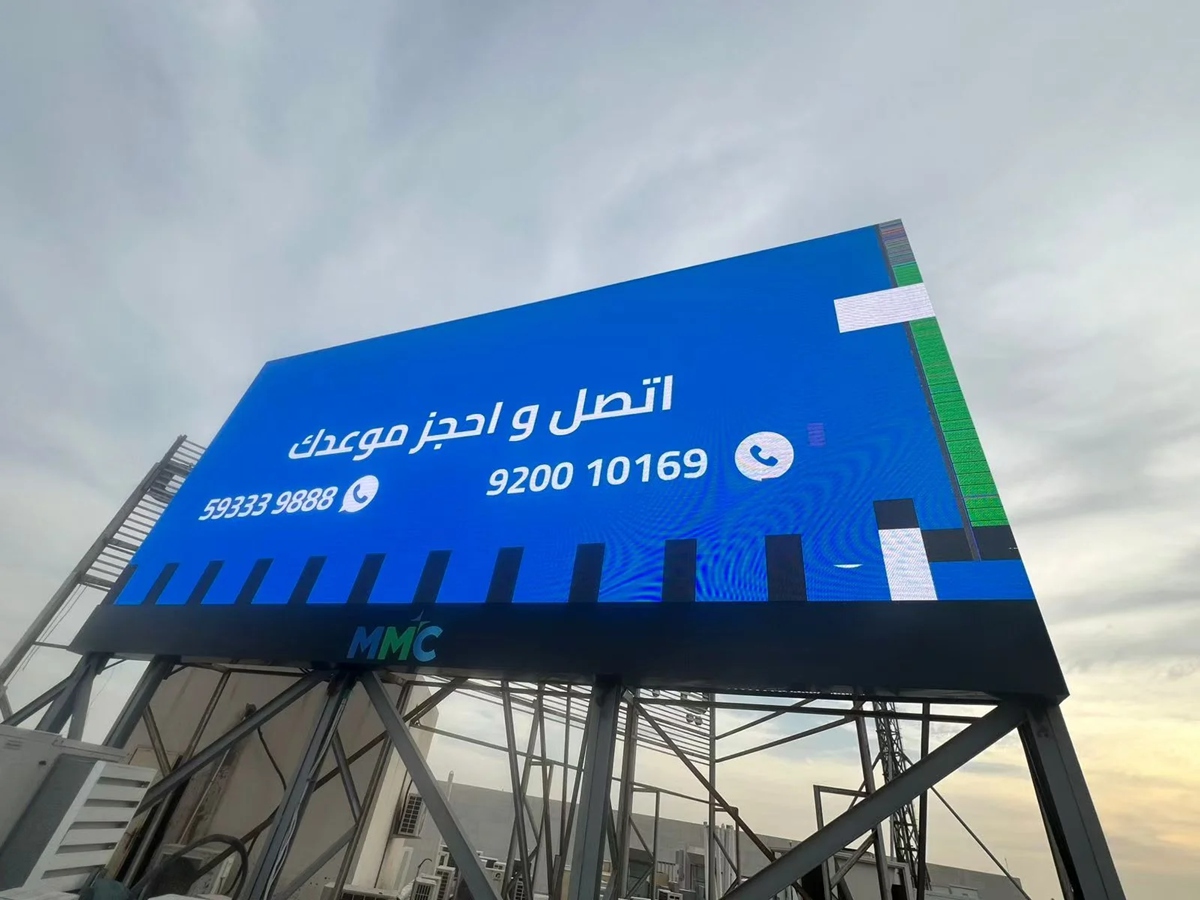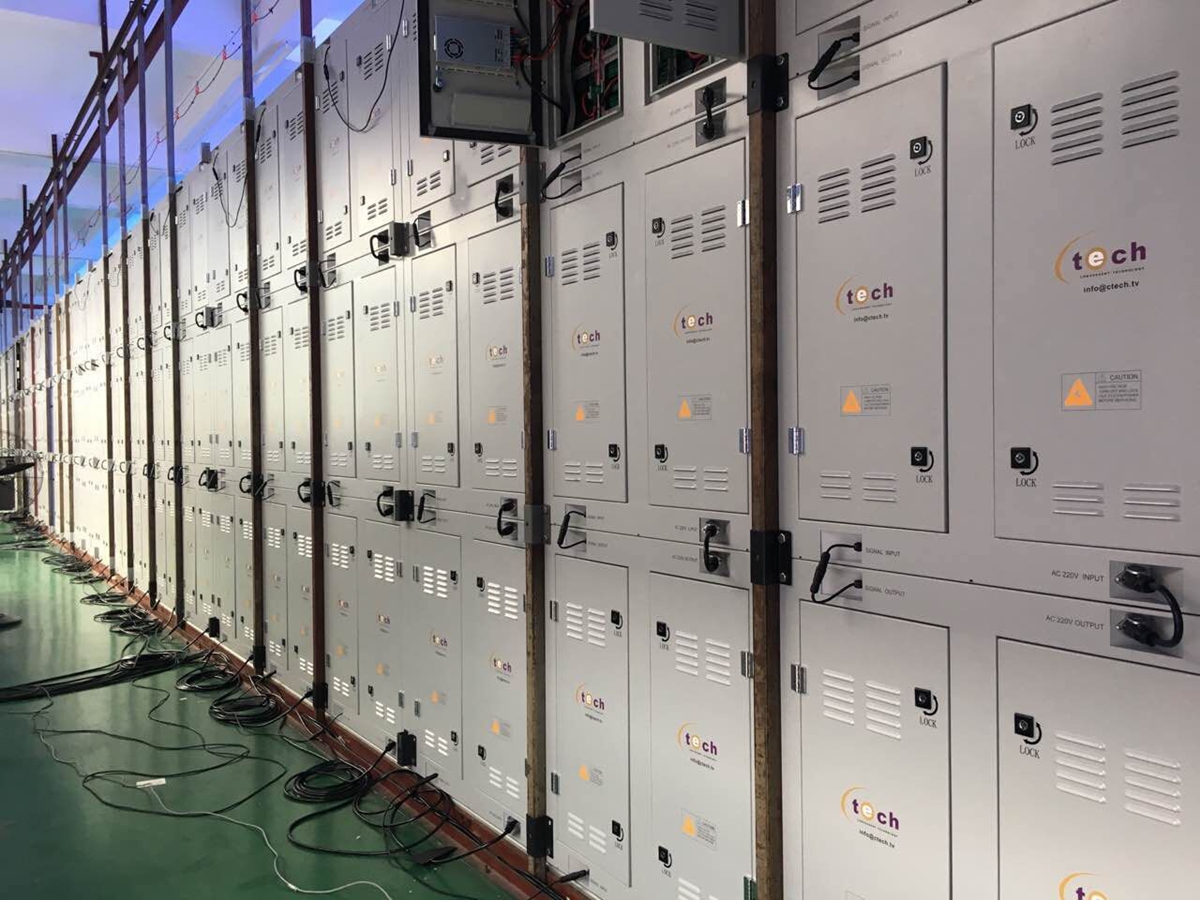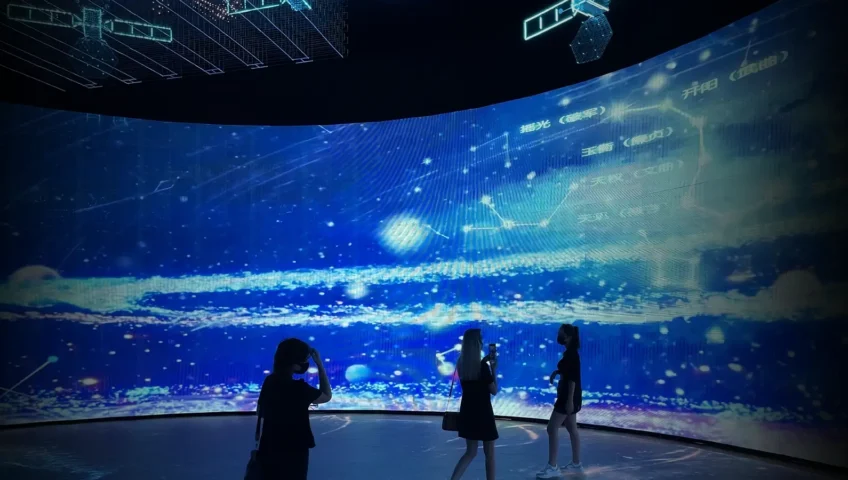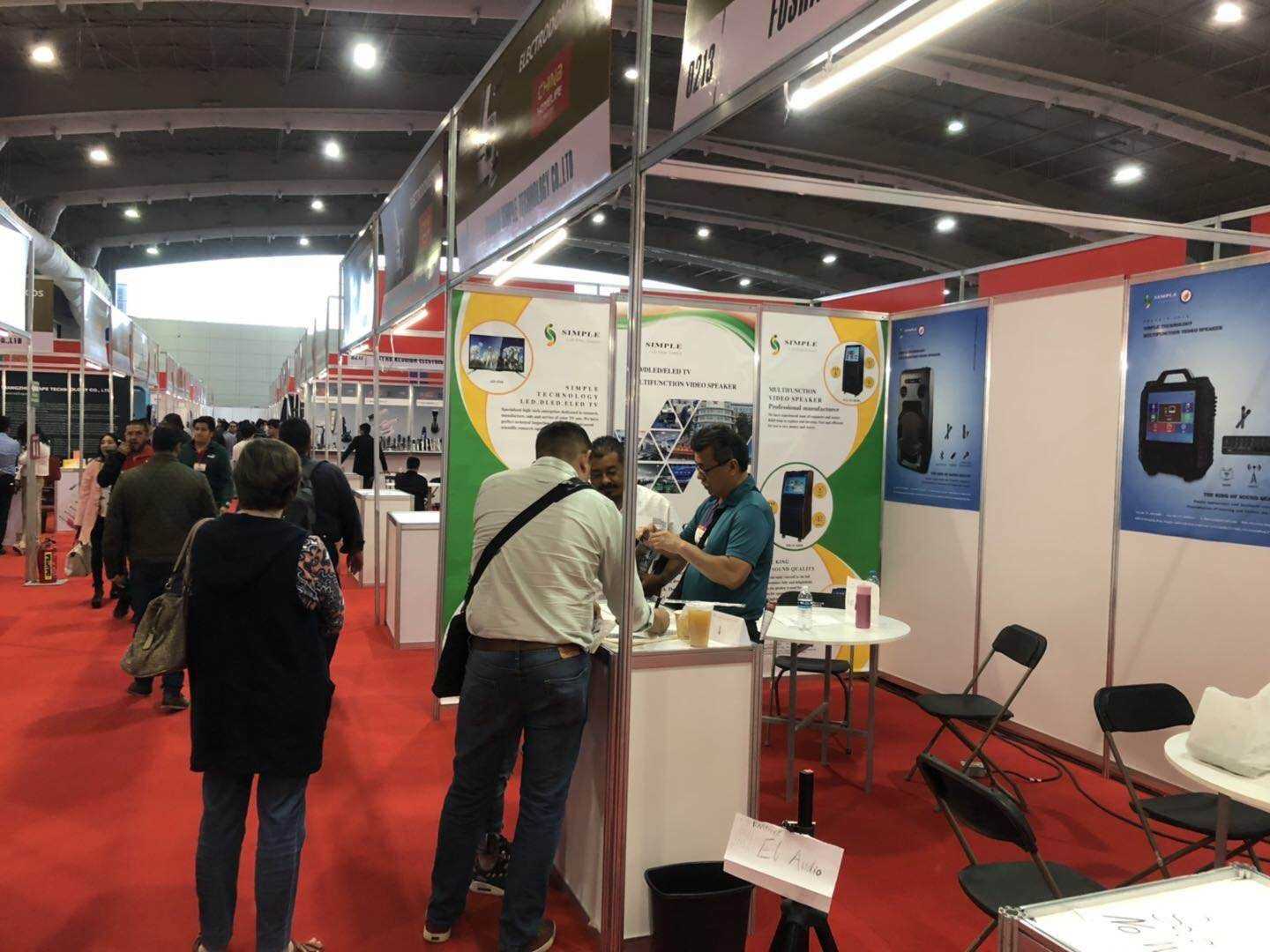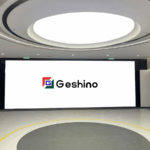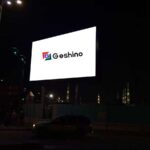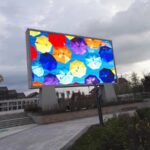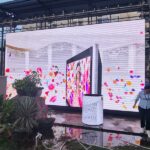The rapid progress of the LED display industry means that finding the right supplier can prove vital to your project’s success. Geshino has become one of the most popular companies for reliable and high-quality LED displays. Geshino LED is a professional manufacturer of LED displays and LED modules advertising screens, and is able to deliver complete solutions to remain in step with the current market demands.
In 2024, new display technologies, including micro-pitch LED, transparent LED, and flexible LED, will continue to break new ground and show their diverse advantages in practical applications. Geshino LED maintains a competitive edge in the industry by advancing these trends and delivering innovative tech at manufacturer pricing and complimentary tech support for indoor and outdoor LED display modules.
What Makes Geshino LED Stand Out
Complete LED Solutions Provider
Geshino LED is more than just a manufacturer of LED products; they have become an entire system LED control solutions provider. This means that customers can source their entire project needs for an LED display system from a one-stop supplier. Geshino provides all the necessary components and services from LED modules to LED control cards.
This also shows that the company understands the components of an LED display system in its entirety.
Factory Direct Pricing and Technical Support
Geshino LED has one of the most strategic pricing offers as customers get factory pricing directly with no cuts from middlemen. The customers save on LED display projects and on top of that the company offers free technical support which helps businesses that do not have LED display specialists.
“Getting factory prices and free technical support makes Geshino LED a smart choice for businesses of all sizes,” says the company. The pricing combined with free expert assistance is one of the company’s most attractive offerings.

Advanced Technology and Innovation
Micro-Pitch LED Technology
With advancements in display technology like micro spacing LEDs, transparent LEDs, and flexible LEDs, Geshino LED has been able to use these technologies and is able to offer micro-pitch LED displays that can produce sharp images even when viewed closely.
Micro-pitch LED displays are perfect for:
- Conference rooms where viewers are very close to the screen
- Control rooms that require detailed data and images
- Retail environments where customers view displays from short distances
- High-end corporate installations where image quality is the most important.
Quality Control Displays
The LED control system of Geshino LED has developed control solutions that make LED displays user-friendly and dependable. Systems control systems for professional LED installed signage, educational tools, entertainment devices, informational displays, and monitoring systems, include control of variable visualization brightness and chromaticity, and custom patterns and animations for real-time dynamic effect alterations. Geshino LEDs Control System Provides Simple Content Management Remote Monitoring and Control Automated Operation Scheduling Automatic Brightness Adjustment Image Color Calibration
Market Leadership and Industry Recognition
Professional Manufacturing Excellent
Quality and innovation have enhanced the reputation of Shenzhen Geshino Technology Company Ltd. as a professional LED display manufacturer. Company LED modules and control cards reliability have met international standards. At every stage, the company’s professional reputation quality control excellence includes. Quality control at every level. Advanced testing equipment. Skilled technical staff. Continuous improvement programs. Customer feedback integration.

Product Quality and Reliability
Superior LED Modules
Geshino LED’s LED modules are built on the principles of long-term reliability and great performance. Each module undergoes extensive testing to comply with the quality standards of the company. Because of this focus on quality, consumers can trust their LED displays will function correctly for many years to come.
Geshino LED modules have the following features:
- Image quality is outstanding due to the high quality LED chips
- Construction of the modules is designed to stand the test of time
- Installation and maintenance are simple
- Uniformity of color and brightness are achieved
- The energy consumption is minimal
Advanced LED Control Cards
The LED control cards have been designed to perfectly integrate with Geshino’s LED modules. This design creates a complete system that is dependable and simple to use. The control cards manage all of the disparate and complicated functionalities of the LED displays, enabling users to focus on content creation and display.
The following functionalities are provided by Geshino’s LED control cards:
- Content can be accessed through different input sources
- Seamless video playback is achieved through high processing power
- The system can be separately controlled to manage the content and video remotely
- The system is equipped with user friendly software
- Systems are designed with backup and redundancy features
Frequently Asked Questions
Q: What differentiates Geshino LED from other LED display manufacturers?
A: Geshino LED integrates the role of a professional LED display manufacturer with all the solutions for an LED control system, factory prices, and complimentary technical support for all indoor and outdoor LED display modules.
Q: Do you have indoor and outdoor LED display solutions?
A: Indeed, Geshino LED has both indoor LED display modules and outdoor LED display modules for any installation environment, offering comprehensive solutions.
Q: What kind of technical support does Geshino LED provide?
A: Geshino LED provides complimentary technical support in the areas of product selection, installation, troubleshooting, ongoing maintenance, and any other aspect of maintenance.
Q: What measures does Geshino LED undertake for product quality?
A: Being a professional LED display manufacturer, Geshino follows unrivaled quality control procedures, uses advanced testing equipment, and adheres to global manufacturing standards.
Q: What kind of LED control systems does Geshino provide?
A: Geshino LED sustains all professional installations with complete LED control systems composed of LED control cards, software, and management systems.
Conclusion
Geshino LED displays the pride of Shenzhen Geshino Technology Company Ltd. as the LED intelligent control subsystem manufacturer. Geshino LED is the first choice for customers needing quality LED displays owing to their focus on innovation and excellent after-sales service.
The provision of comprehensive product lines and complimentary technical assistance is invaluable at Geshino for the selection of LED modules for outdoor and indoor applications. Their determination in sustaining superior August manufacturing and functionality in LED intelligent control subsystems as well as their dedication to the customer is the reason for their acquisition of LED modules in the clientele zone.
Geshino is a strong candidate for leading the development of advanced display technologies like micro-pitch LED, transparent LED, and flexible LED screens as the Geshino LED brand name continues to strengthen in the growing LED display segment. Their investments in research and manufacturing, coupled with the strength of the customer relationship, is a strong motivator for any LED display project.

